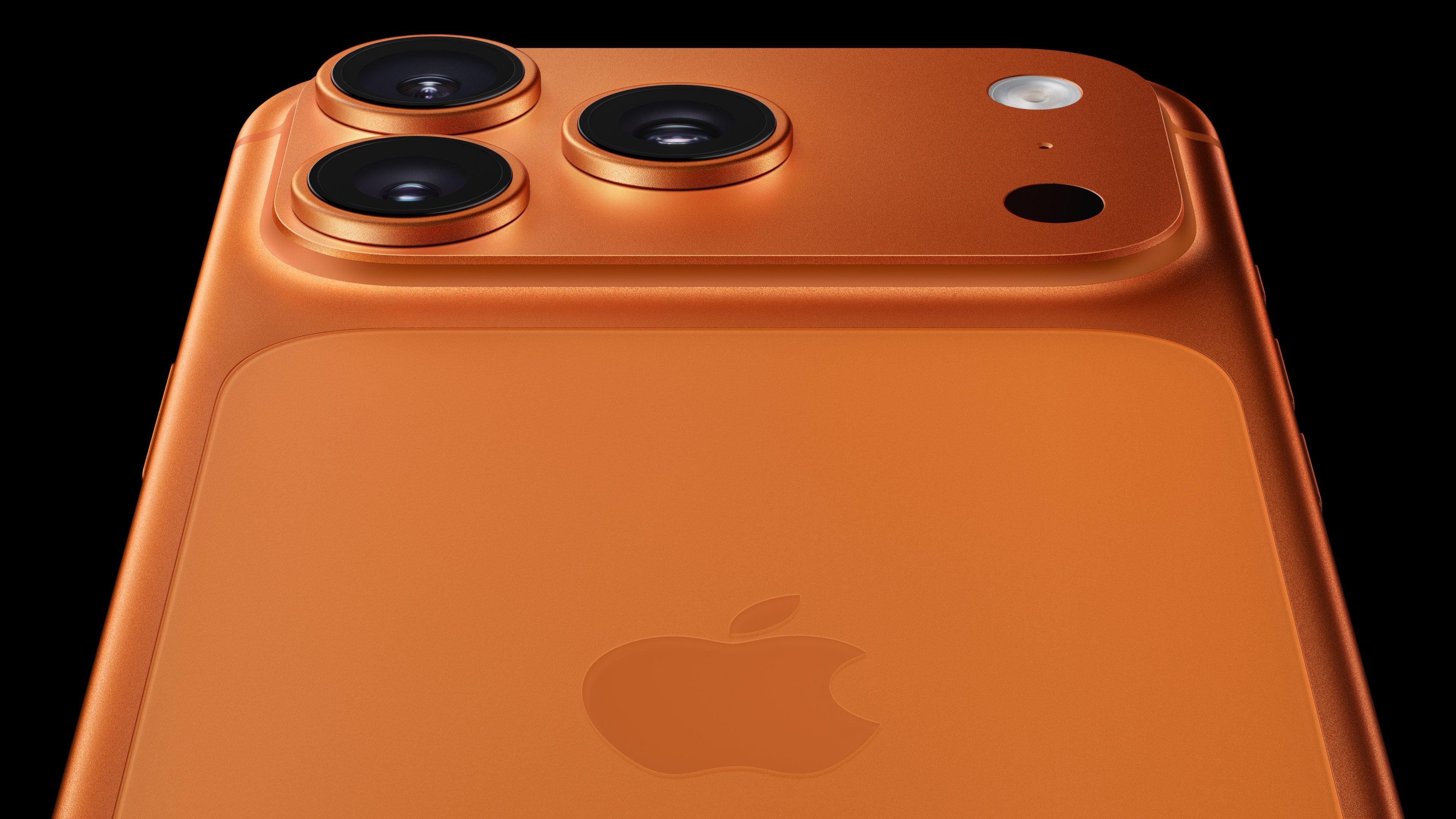Wal-Mart (WMT +2.01%) recently unveiled Walmart Pay, a new mobile payment platform for iOS and Android, which will work with all credit cards, debit cards, and WalMart gift cards across the U.S. Wal-Mart plans to launch the service nationwide by the middle of next year.
Walmart Pay could ironically render CurrentC, its preferred mobile payment platform, obsolete. MCX, a Wal-Mart-led consortium of retailers, launched CurrentC three years ago. However, the service remains in a beta test, and the arrival of Apple (AAPL 0.28%) Pay indicated that its days were numbered. Wal-Mart stores currently don't accept Apple Pay, Android Pay, or other NFC (near-field communications) chip-based payment options.

Source: Wal-Mart.
Yet Wal-Mart insists that it hasn't given up on CurrentC. In a recent statement to Forbes, Wal-Mart declared that it "remained committed" to MCX and planned to offer "two successful consumer options through both CurrentC and Walmart Pay." Let's discuss why Wal-Mart established a new payments platform, and whether or not it can succeed.
Why Wal-Mart hates Apple Pay
Payments with Apple Pay or Android Pay are processed as credit card transactions. Retailers usually pay 1.5% to 3% of every card swipe to credit card companies. To cut costs, CurrentC eschews credit card networks by using an older platform called an automated clearinghouse, which is clumsier and slower but much cheaper.
Payment processing fees on CurrentC can cost 90% less than the swipe fees on credit card networks. That savings can add up quickly for retailers. The trade-off is that CurrentC users can only pay with direct connections to their checking accounts, gift cards, or a retailer's private-label payment card.
In addition to lower costs, retailers want to have access to customer payment data to shape their business strategies. With Apple Pay payments, stores only get an anonymous payment token instead of a customer's credit card number. This prevents stores from tracking purchases and marketing to customers afterwards. CurrentC's app enables retailers to add coupons and loyalty programs to lure back customers.
Why customers hate CurrentC
CurrentC was clearly designed with retailers' interests in mind, but it was a more awkward way to pay than traditional credit cards or Apple Pay. In addition to limited payment options, CurrentC uses QR codes instead of NFC (near-field communications) chips for payments.

How to use CurrentC. Source: MCX.
By comparison, customers can use Apple Pay and Android Pay to make payments by simply tapping an NFC-enabled phone on a terminal. Several major credit card companies have also released NFC credit cards which can make payments in the same way. As a result, CurrentC's dependence on QR codes makes it a non-standard way to pay.
Apple Pay and Android Pay are both accepted at over 700,000 retail locations. Wal-Mart has 11,504 stores worldwide. Therefore, Wal-Mart could have a tough time convincing its customers to use CurrentC or Walmart Pay when other mobile payment platforms are accepted at so many more locations.
Why Wal-Mart thinks Walmart Pay can succeed
Walmart Pay will work with all credit and debit cards, which marks a major departure from CurrentC's penny-pinching clearinghouse strategy. But like CurrentC, Walmart Pay still relies on QR codes. But by integrating Walmart Pay with its core mobile app, which has 22 million monthly active users, Wal-Mart eliminates the need to download CurrentC as a separate payments app.

Walmart Pay. Source: Wal-Mart.
By tethering Walmart Pay to credit cards, Wal-Mart is basically admitting that its attempt to cut credit cards out of the payments loop with CurrentC was misguided. But by integrating Walmart Pay into its core app, it can offer targeted promotions and track customer behavior -- two things that Apple Pay wouldn't let it do.
The key takeaway
Wal-Mart has been beefing up its e-commerce investments over the past few years. The retailer vowed to invest $1.5 billion into its e-commerce efforts this year, up from $1 billion in 2014. Its mobile app will play a central role in that growth.
With Walmart Pay, it seems like Wal-Mart is now prioritizing digital ecosystem growth over cutting credit card fees with CurrentC. That's a step in the right direction, but Wal-Mart's core app will need to reach a much bigger slice of its 260 million weekly shoppers before it can become a standard way to pay at its stores.






